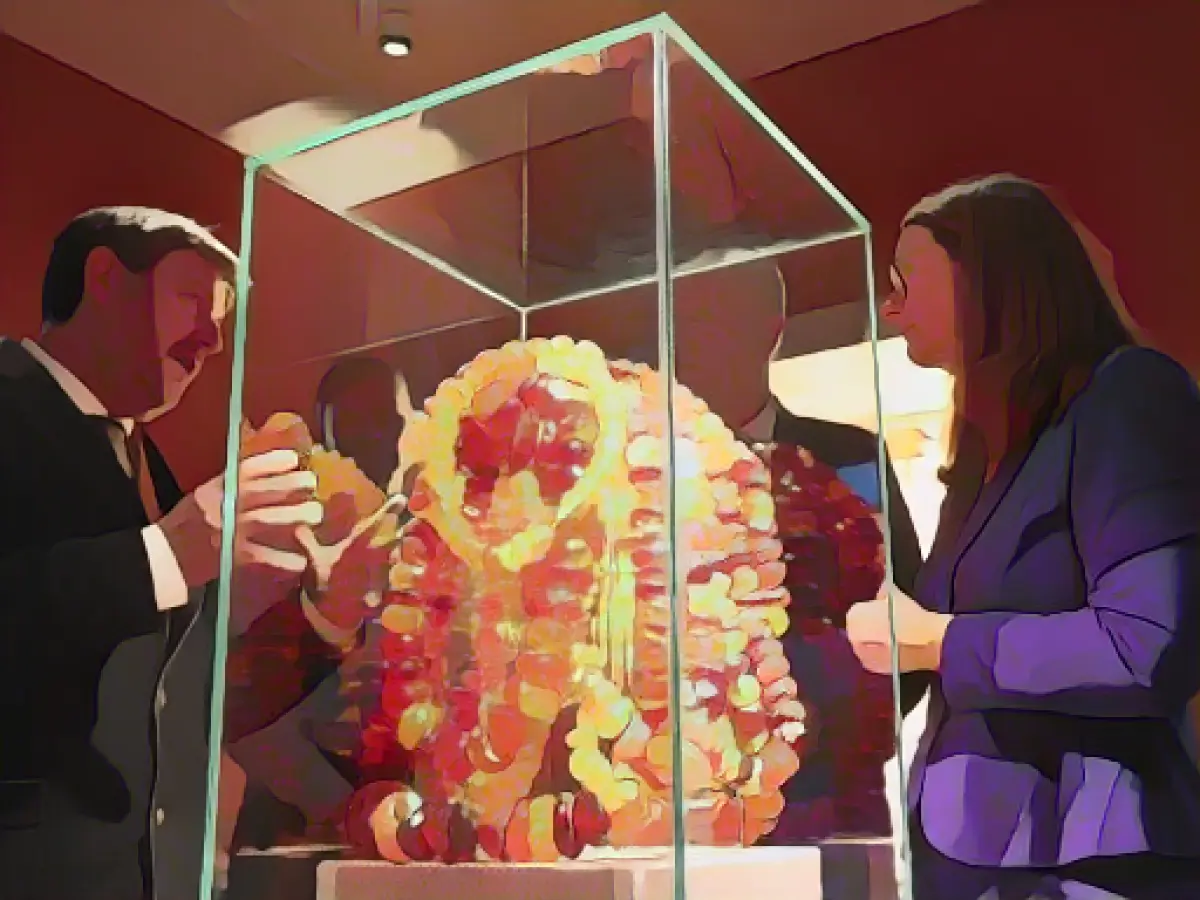Ribnitz-Damgarten acquires amber art collection
An art collection with more than 250 amber exhibits from four centuries will be permanently housed in the German Amber Museum in Ribnitz-Damgarten. The town acquired the collection from TUI AG Hanover, with substantial funding. "The collection is the only large amber collection in East Prussia that has been preserved in its entirety. It is also an irreplaceable contemporary document and unique cultural asset for the history of Germany as a whole," said Axel Attula, Scientific Director of the museum, at the official handover on Thursday.
The collection also contains objects with a National Socialist connection: These are to be appropriately placed in context on the basis of a scientific concept during their presentation.
Contrary to what the name suggests, amber is neither a stone nor a mineral, but rather of organic origin, a fossilized, hardened tree resin.
The collection represents a significant expansion of the museum's cultural-historical holdings and gives rise to a redesign of the permanent exhibition, it was said. Culture Minister Bettina Martin (SPD) spoke of the new acquisition as a great success that underlines the nationwide importance of the Amber Museum. "The state of Mecklenburg-Vorpommern was therefore happy to support the purchase."
The exhibits come from the amber collection of the former Preussag AG, founded in 1923, whose legal successor is TUI AG. The parties have agreed not to disclose the purchase price. However, it is known that the Kulturstiftung der Länder and the state of Mecklenburg-Vorpommern each supported the purchase with almost 337,000 euros. The town of Ribnitz-Damgarten contributed 100,000 euros. Funds also came from the federal government and the Ostdeutsche Sparkassenstiftung.
According to the information provided, the highlights of the collection include exhibits from the heyday of amber art: a 16th century relief with the Annunciation to Mary, a small domestic altar from the second half of the 17th century and a writing box created around 1675, probably from the possession of the Great Elector Frederick William of Brandenburg.
The acquisition of the amber art collection by the German Amber Museum in Ribnitz-Damgarten is a significant addition for The company (TUI AG Hanover), as it now allows these priceless exhibits to be displayed in a museum setting. The collection, which includes the Annunciation relief from the 16th century and a domestic altar from the second half of the 17th century, will enhance the educational value of museums in Germany, offering visitors an opportunity to learn about the rich history and cultural significance of amber.
Source: www.dpa.com








